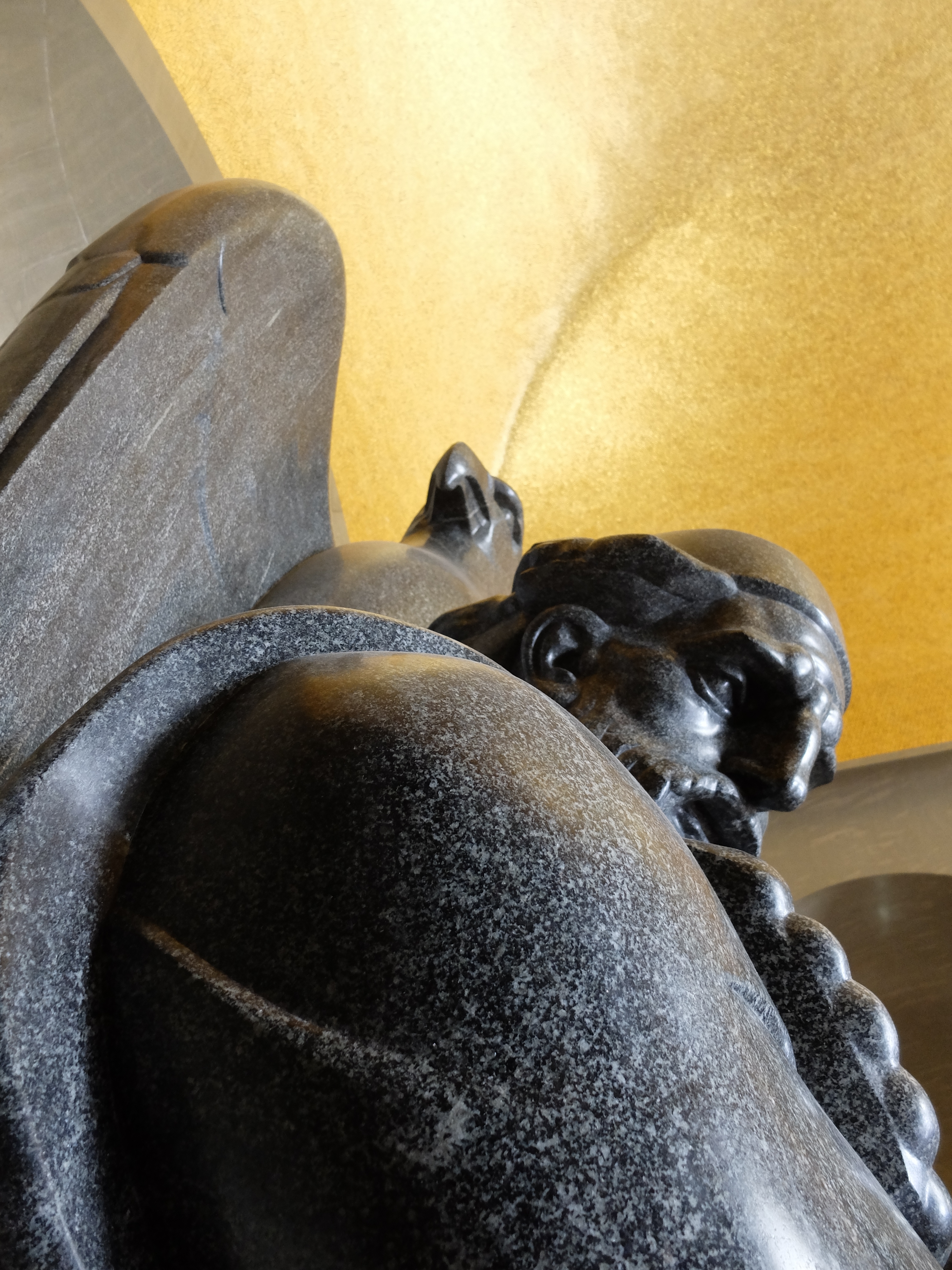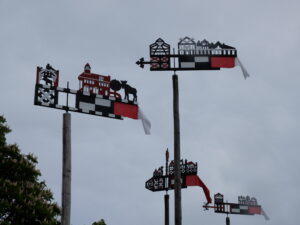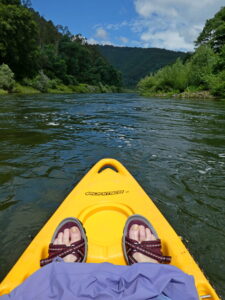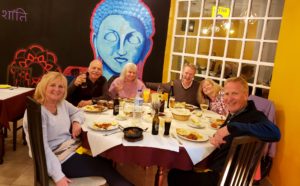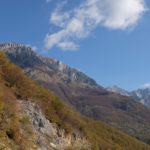
Mountains are in the name of the country, as Crna Gora, or black mountain, from the Venetian title, monte negro. They dominate the landscape, from the very edge of the sea to the innumerable limestone alpine mountains of the north, barely giving a valley a chance to work itself in. Most of the old cities are constructed of limestone, marble and other materials hauled out of the mountains.
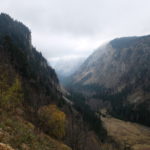
To get anywhere in the country, you’ll likely need to traverse deep gorges and ravines on the one hand, or find your way through high passes. Countless times, to go a few kilometers across a gap in the mountains, we had to drive 30 kilometers along a ridge, wind down to the valley floor through switchback after switchback, then back up the other side with yet more switchbacks.

In the northwest at Durmitor National Park, for example, you can find the home of Crna Gora, the “black mountain” itself, amid equally tall mountains. In the vicinity, two rivers have dug mile-deep gorges into the landscape. It can take quite a while to move around Montenegro.
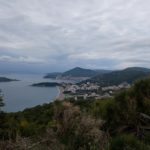
Even near the seafront. The shoreline is extraordinarily beautiful, with bay succeeding bay between Dubrovnik at the southern tip of Croatia and neighboring Albania. Yet these bays are backed by high mountains that just barely end at the water. To follow the coastline, you only need to rise and fall gently along the coastal headlands – from Ulcinj through the sizable town of Bar to resort-like Petrovac and Przen.
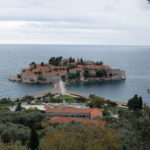
That’s the place with the remarkable fortified peninsula Sveti Stefan, a haven exclusively for the wealthy.
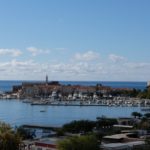
And you can continue in the same way to the bustling, fast-developing town of Budva, where we stayed. Though the adjacent hillsides are crammed with high rise apartment buildings and hotels, Budva’s old town next to a compact harbor is charming, a diminutive version of Dubrovnik, with old fortified walls, stone buildings and limestone-block streets.

However, to reach anywhere else in Montenegro, you need to climb – and climb a lot. There are some enchanting old monasteries and churches just above Budva, but they perch way up steep streets and winding lanes. Going from Budva to Kotor, moreover, you must spiral up the mountains behind the city, then head through a high pass and a long valley until you take a tunnel under more mountains…and, strangely, you’re at sea level again.
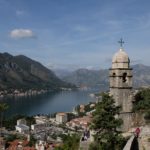
But now you’re at the old town of Kotor on an unusual bow-tie shaped bay, connected to the same sea by a strait that cruise boats heading to Kotor regularly ease through.
It’s Montenegro, so that bay is hemmed in by tall peaks. Just like the sea coast east of Budva, however, you can also follow the bay shore on the relatively flat road that hugs it. This road passes through a number of towns. Some are simple fishing villages of stone buildings, seemingly of another age.
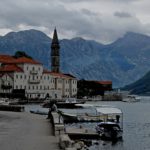
One of the largest, Perast, about a square kilometer in dimension at the top of the bay, is a wondrous blend of, yes, stone dwellings and dozens of churches. Another big town, Herceg Novi, once guarded the nearby strait with a shoreline fortress above which old town – the limestone streets and buildings – slope upward.

At sea level, locals and tourists can enjoy the long beach and boardwalk near the coastal road. On a nearby hillside, the devout go to the churches of Savina Monastery with its centuries-old, colorfully painted interiors.
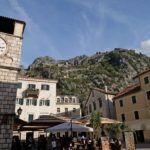
Kotor itself is also a mini-Dubrovnik, with many fine churches and a charming array of those stone buildings once again in a walled triangular complex delightful to stroll. As you expect in Montenegro, you don’t have to go far from the water before you start to climb. And the mountain that backs Kotor makes for a special ascent, starting in its steep stone streets and then mounting, in a bit over a kilometer of stony trail, to the summit of the walled town some 260 meters up from the bay.
It’s a tough enough climb to the aptly named Church of Our Lady of Health, a modest but attractive chapel located a little less than half way up. That’s where most people stop because the spot gives you one of the best views over the whole town, the bay and the endless cruise boats that come through the straits. The more adventurous keep going to the remains of the Castle of Saint John at the top, the upper limit of the old fortress’s extensive stone walls. That makes for a well-earned and supreme lunch spot, as we discovered. The overall 4.5 kilometers of walls magically adhere to the mountain side like the Great Wall of China.

Of course, to leave Kotor for Dubrovnik or the north of the country, your vehicle must climb even higher through the mountain passes that lead away from the bay.
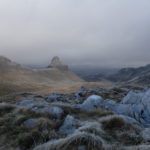
And the mountains feature in Montenegro’s history and culture. While neighboring countries were successively added to the Byzantine, Venetian, Ottoman and Austro-Hungarian empires, Montenegro remained largely independent because of its impenetrable mountains. Their old capital Cetinje sits in a mountain valley neatly ringed about by high peaks, and so tough to attack successfully that the city was never conquered; the Ottomans gave up and established a stronghold in the sliver of eastern plains, at Podgorica (which literally means ‘beneath the hills’).
The separateness of Montenegro’s mountainous regions, with their narrow, easily defended valleys, led to a distinctive social and political system. Each region was controlled by a clan or tribe, ruled by a familial prince. In religion, they were eastern Orthodox because of the long centuries of Byzantine influence through the Middle Ages.
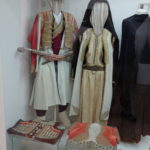
The clans were comprised of warriors who knew the mountains, thrived on the physical challenges and were capable of surviving in them against their invaders. They may have faced huge enemies in the Ottomans, the Austro-Hungarians, and other imperial foes, but they dared to challenge all of them.
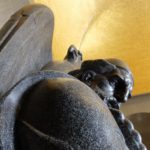
From the early 16th century on, the clans kept internal peace and external strength through their political system. The main clans chose a Metropolitan (or vladika, prince-bishop) to be the overall leader in matters both spiritual and secular. Forbidden to have children who could be heirs, successor Metropolitans gained power through the same consensus of clan leaders. By the end of the 17th century, with the mountain men repeatedly winning battles against the Ottomans, that empire was in retreat. Supported by Peter the Great in Russia, an independent Montenegro arose under the Metropolitan Danilo.

Vladika followed vladika. In the early 19th century, Petar II Petrovic-Njegos, one of the most renowned of these leaders, reigned for about 25 years until 1854. Before his appointment, he was acclaimed as a poet, a writer of some of the most important literary works in Montenegro, and in time hailed as the first of the modern rulers. He consolidated power, continued to hold the Ottoman empire at bay, unified the country via a national government, and made the first attempts to join it with Serbia. Statues and memorials honoring Njegos are everywhere, especially Cetinje, his old capital.
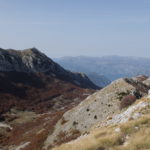
The most astonishing of these is his burial place high atop the mountains between Kotor and Cetinje. His remains experienced a complicated journey to end up here, but the end result was an impressive Art Deco monument that breathtakingly floats atop one of these peaks, with sublime panoramic views toward Kotor’s bay, Njegos’ capital Cetinje, as well as the blue alpine mountains of Montenegro and Albania.

Njegos eventual successor, Nikola I, truly brought Montenegro into the modern world during his long reign from 1860 till the end of World War 1. He was an ardent westernizer, deft at diplomacy and a relentless foe of the Ottomans who still occupied part of the Balkans. Road building, trains, bridges and tunnels removed the barriers between the mountainous regions and the original basis for clans. So Nikola advanced the changes introduced by his predecessors, altering customs, as well as the political and legal system. Eventually, he declared himself king and consolidated power nationally. He formed alliances across the west, while protecting Montenegrin independence, in part by marrying off many of his 12 children to powerful ruling families in the west. He became known as the father-in-law of Europe.
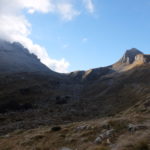
Independence and the kingdom all came crashing down in World War 1 and then later again in WW2. Despite fighting with the allies, Montenegro was denied its independence, annexed to Serbia and then Yugoslavia until that country broke apart in the early 90s. Montenegro joined with Serbia again until finally, by 2006, it was independent for good.
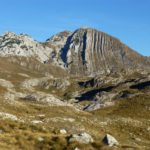
The legendary mountain fighters and their clans are hardly forgotten though. According to Charles McLean, whose family came from Montenegro: “This is the land of the freedom fighter—forged out of adversity over five centuries of holding back the forces of Islam—who later provided heroic resistance to the Axis powers during World War II.” Even today, you see proud respect for these mountain fighters, and can witness the heartiness of their descendants. Across the country, we saw many elderly walking the roads and trudging up and down the hillsides despite all kinds of physical infirmities. They still fight on.
(Also, for more pictures from Montenegro and the former Yugoslavian countries, CLICK HERE to view the slideshow at the end of the itinerary pages.)


